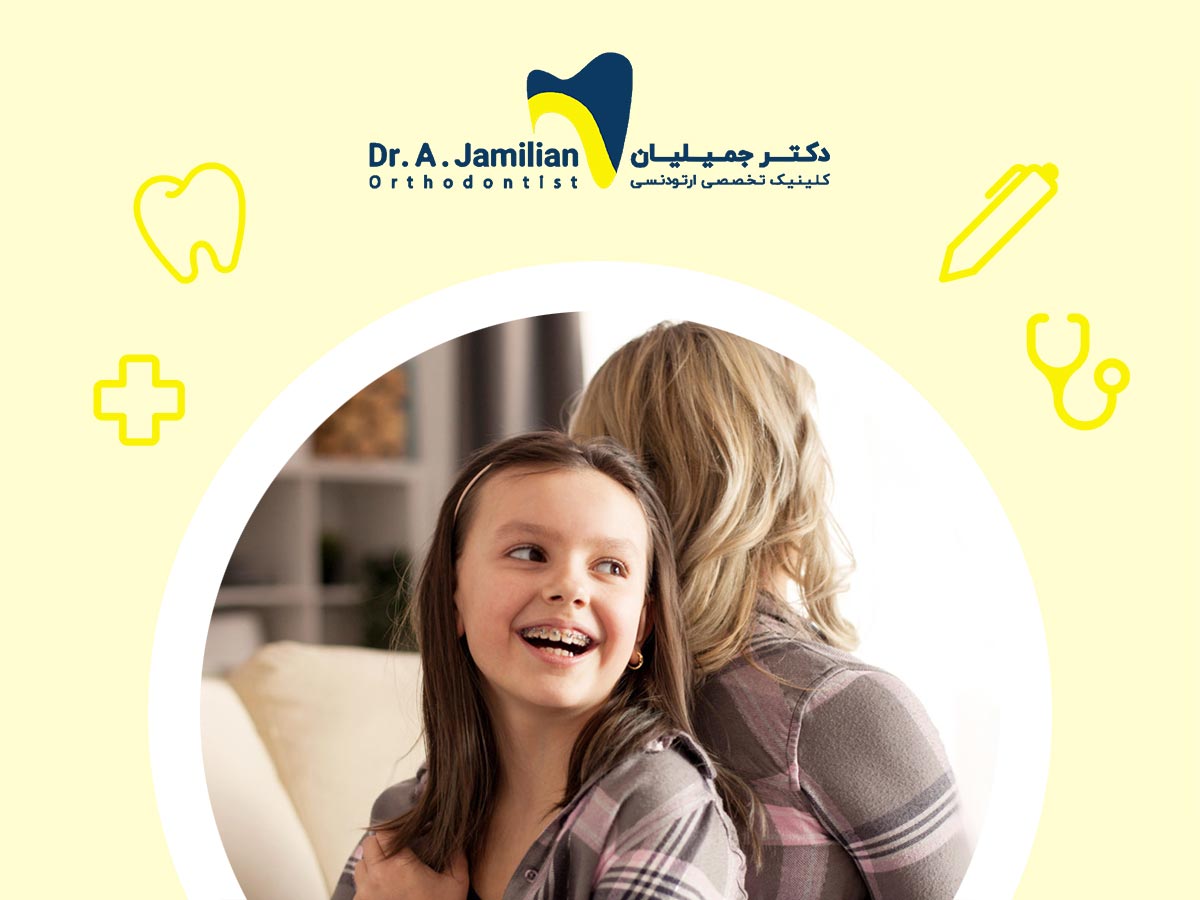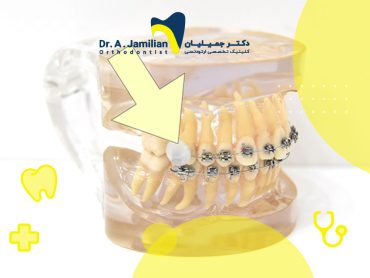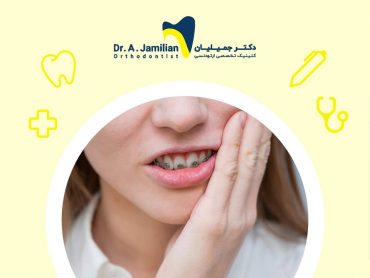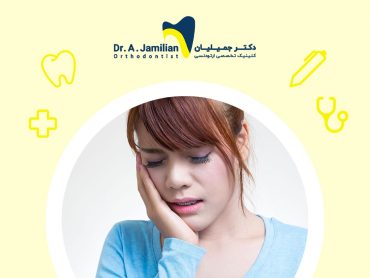Many papers and studies have sought to determine the effects of heredity on orthodontics. The main question that arrives commonly is Whether heredity affects orthodontics? Does an orthodontist have the ability to mitigate or minimize these effects as much as possible through skills and expertise? The complexity of elements such as facial and dental growth, physiology of dental movement, and the curvature of the outer layer of tooth roots in orthodontics can make the identification of effective factors very difficult. Orthodontists agree that the most important genetic experiments that a doctor can conduct should include the description of a patient’s individual and familial life status, for most of the dental and jaw malocclusions are inherited. In other words, if a patient has a lower protruding jaw, there is most likely a hereditary factor meaning that the lower jaws of the patient’s parents or close and distant relatives were also protruding.
Hereditary Variables Affecting Orthodontics
The factors affecting an orthodontic treatment, depend on each type & the orthodontist. Moreover, below is a detailed list for potential variables when getting considered. It should always be noted that if a skilled orthodontist changes the positions of jaws and teeth to the null status, there is nearly zero chance that the orthodontic treatment relapses due to hereditary factors.
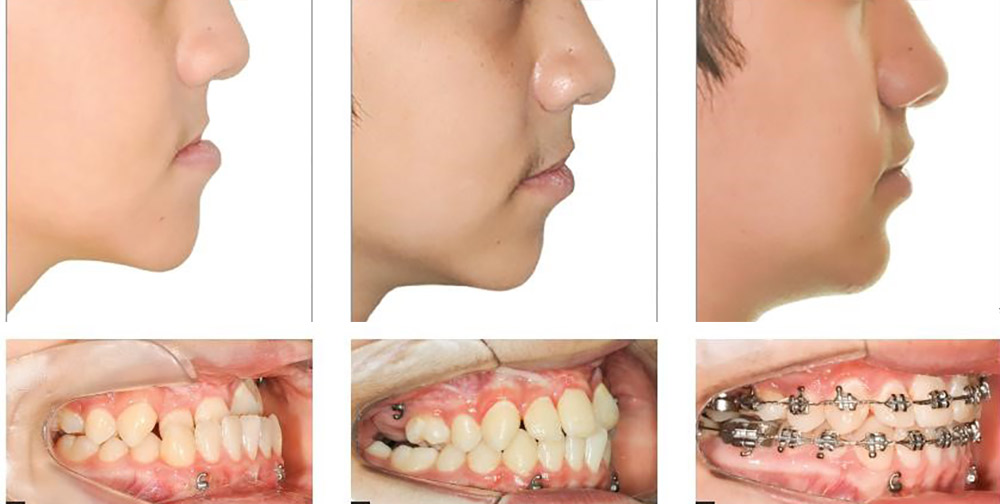
Facial Growth
Cephalometric radiography is employed to measure facial growth and monitor the genetic changes with the size or morphology of skeletal changes. In dentistry and orthodontics, this is called approximate predictions of facial growth based on the anticipated growth curve. In fact, there is a level of asymmetry in everybody’s face. It is considered scientifically natural.
Difference in Annual Sagittal Growth of Jaws
In boys and girls experiencing delayed maturity, prescribing low doses of the growth hormone affects drastically. As it will not only adjust the growth speed of their organs to their ages but also accelerate the growth of their skulls, jaws, and faces.
Skeletal Diversity and Malocclusion
Skeletal class III malocclusion (i.e. protrusion of the lower jaw in dentistry) might be caused by malocclusion in the upper jaw, lower long jaw, or both. It is analyzed thoroughly by an orthodontist in the sagittal plate.
Furthermore, a dentist analyzes other factors such as parental faces, parental malocclusions, genetic diversity in muscles and relevant effects on malocclusions, outer surface of tooth roots in orthodontics, and movements of teeth in order to determine the effects of heredity on the orthodontic treatment.
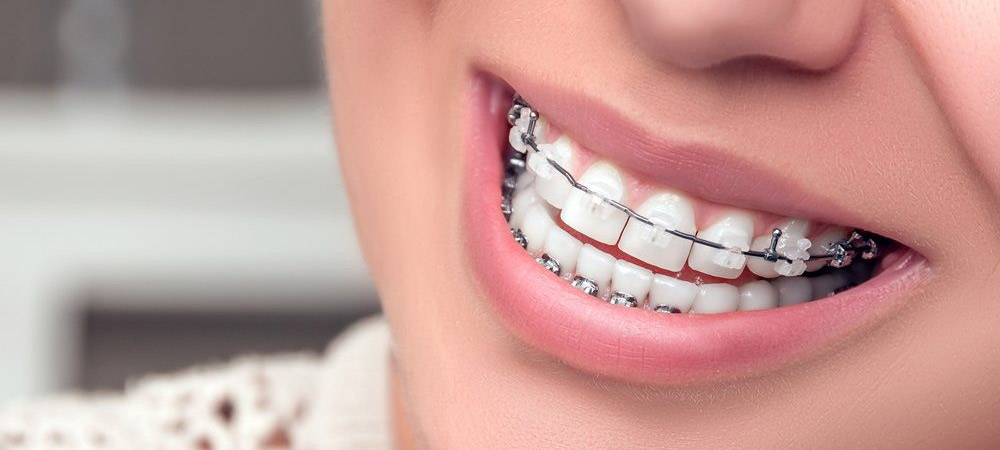
To What Extent Does Heredity Affect the Orthodontic Treatment?
Important to notice that genetics is a direct concept and that many factors affect it or are affected by it. Genetics convey different characteristics such as height, weight, blood sugar, blood pressure, intelligence, behavior, and sexual orientations. All of these characteristics, most dental, jaw malocclusions, and congenital defects are inherited. Although, they may be affected by the environment around the person. In other words, both heredity and environment cause dental and jaw malocclusions. A prominent orthodontist can treat malocclusions by identifying their causes.
Effect of heredity on dental orthodontics treatment FAQ
The incidence of dental and oral disorders will be drastically high in such children, this being compared to all different age groups may seem scary. H there is nothing to worry about. Data gained from tests, experiments and personal recommendation, children should start seeing orthodontists near the age of seven. If visits are made every six months, any possible disorders may quickly be diagnosed; therefore, the orthodontic treatment will be easier and more effective. Along with this, it’s safer and a more reliable plan for orthodontic treatment.
High or lengthy jaws and the protrusion of the lower jaw are among the most prevalent hereditary malocclusions of the jaw and face. These malocclusions are not usually acquired. In some cases, if there are no hereditary backgrounds, they emerge as a result of taking hormonal drugs such as somatropin, i.e. the growth hormone.
Yes. Many patients inherit their facial features such as the smallness of jaw and mouth from their parents.
Mostly, these patients suffer from complications such as protruding or receding lower (or upper) jaws as well as lack of sufficient space for the growth of permanent teeth (e.g. canines and wisdom teeth). These complications can be prevented by seeing an orthodontist at the right time.
You just need to comply with the oral hygiene and see an orthodontist to receive the right treatment.
Undoubtedly, orthodontic treatment will be more difficult and time-consuming as patients age. Therefore, it is advisable that patients prioritize compliance with oral hygiene right now. Patients are also advised to see orthodontists at the age of seven to examine and treat oral and dental malocclusions.
